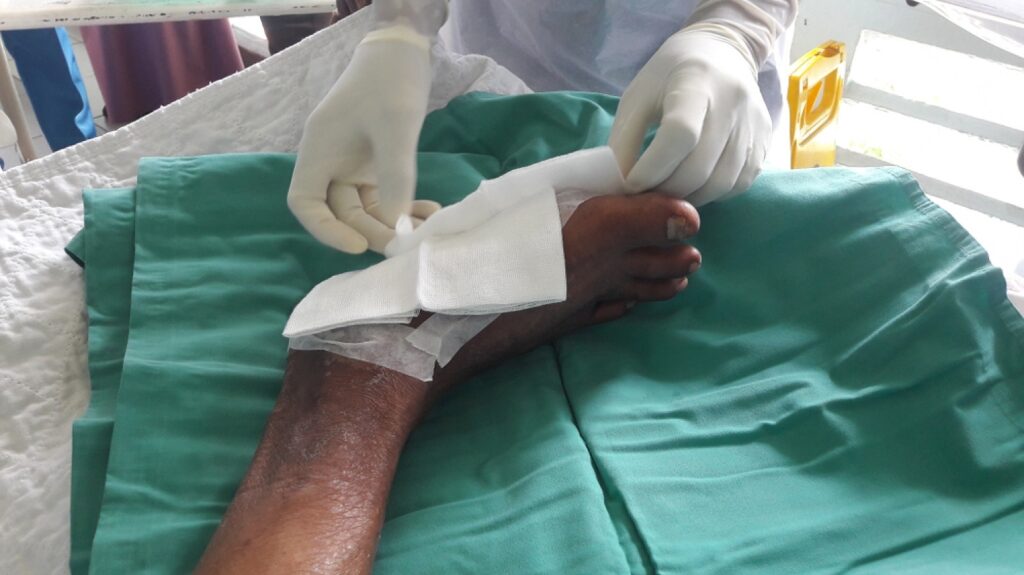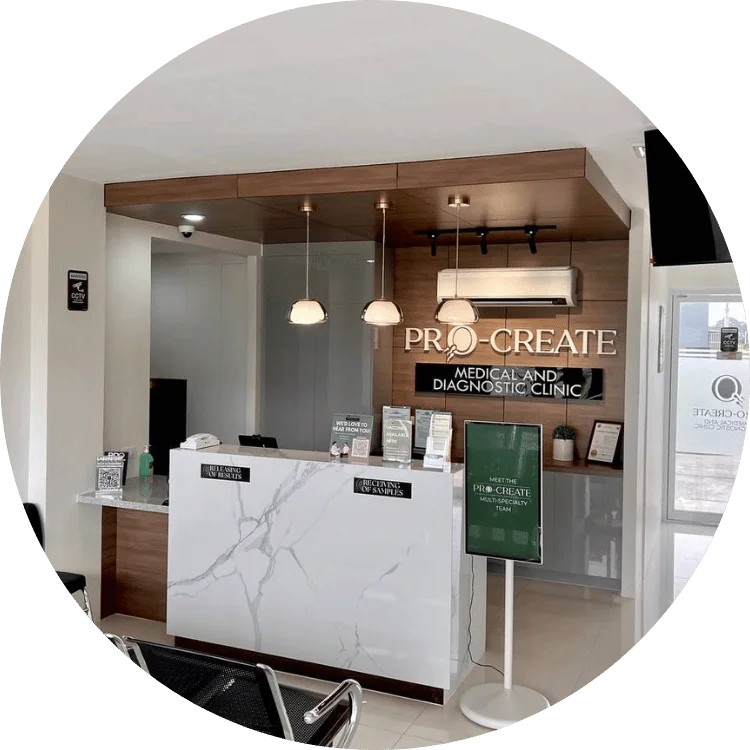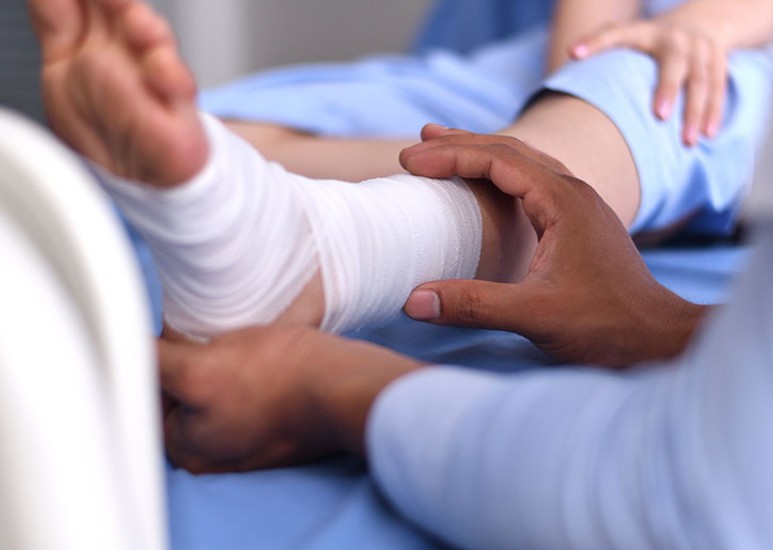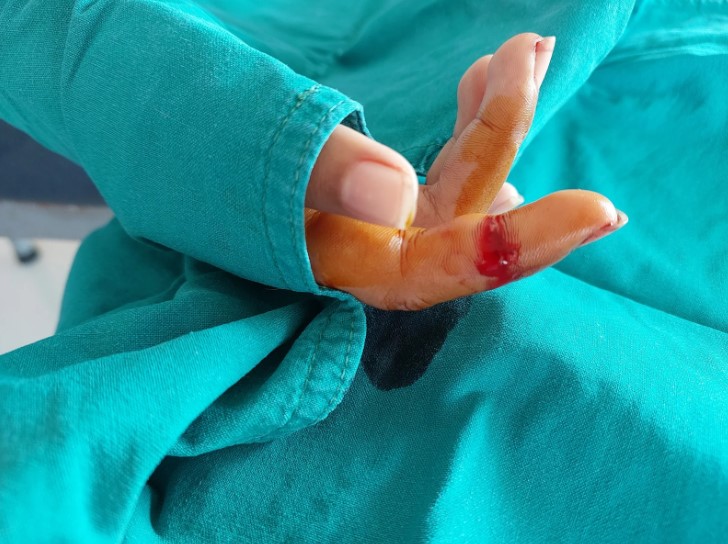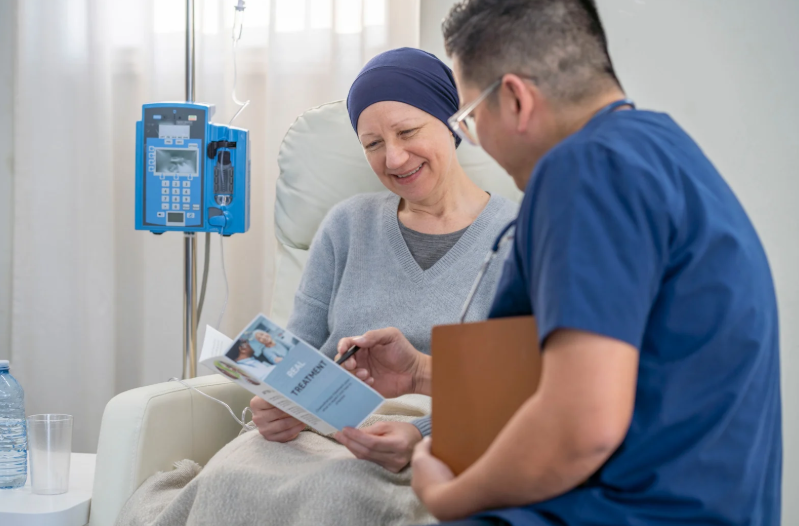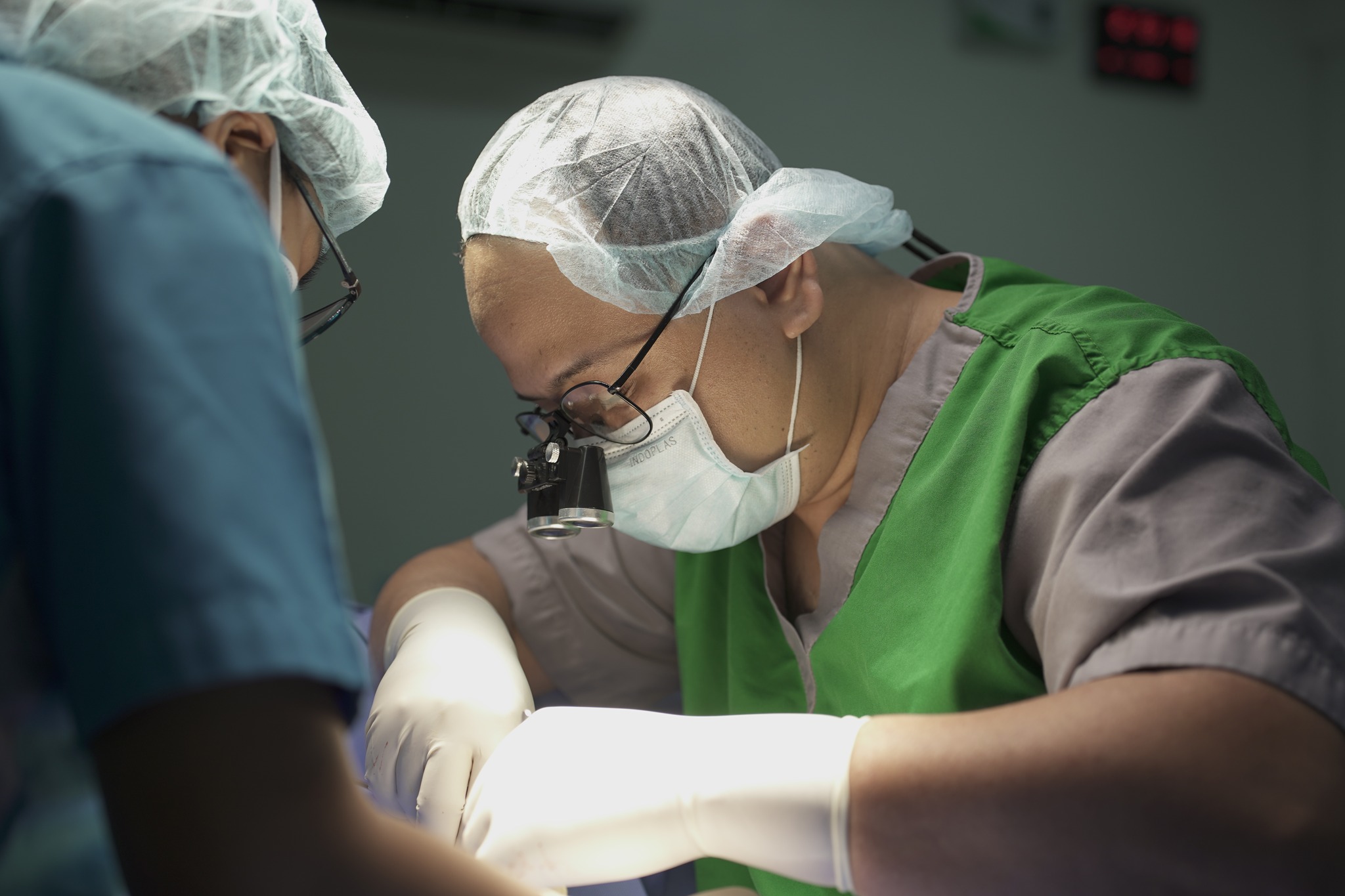Proper wound healing is essential for preventing serious infections and long-term complications. When wounds contain necrotic or infected tissue, healing can stall or worsen. This is where dead tissue removal becomes a critical part of care. Alongside this, advanced treatments like negative pressure wound therapy (NPWT) can dramatically improve healing outcomes. At Kalingap Wound Care Clinic, patients receive expert care that integrates both dead tissue removal and NPWT to support recovery from chronic, complex, or infected wounds.
What is Dead Tissue and Why Does it Form in Wounds?
Dead tissue, also called necrotic tissue, often forms in wounds due to lack of oxygen, infection, or prolonged pressure. It appears black, brown, yellow, or green and may have a foul odor. The presence of dead tissue prevents new tissue from forming and increases the risk of infection. Dead tissue removal is essential for reactivating the healing process and reducing these risks. Kalingap Wound Care Clinic provides safe and effective dead tissue removal as part of its comprehensive wound care programs.
Methods of Dead Tissue Removal in Wound Care
There are multiple methods for dead tissue removal, each chosen based on the wound’s condition. Autolytic debridement uses the body’s own enzymes to break down tissue, while enzymatic debridement uses topical agents. Mechanical methods include saline dressings or hydrotherapy, while surgical or sharp debridement involves precise cutting by trained professionals. Kalingap Wound Care Clinic also offers ultrasonic-assisted dead tissue removal, which is minimally invasive and highly effective for stubborn wounds. Each method is tailored for maximum safety and healing efficiency.
What is Negative Pressure Wound Therapy (NPWT)?
Negative Pressure Wound Therapy (NPWT) is an advanced technique that uses a controlled vacuum to promote healing. The system involves placing a foam dressing over the wound, sealing it with a film, and connecting it to a suction device. This therapy removes exudate and helps draw healthy tissue into the wound bed. After dead tissue removal, NPWT is especially effective in maintaining a clean environment and accelerating healing. Kalingap Wound Care Clinic is a trusted provider of both dead tissue removal and NPWT in Metro Manila and surrounding areas.
How NPWT Supports Wound Healing After Dead Tissue Removal
Once dead tissue removal has been performed, NPWT helps optimize the wound for recovery. It reduces swelling, draws excess fluid and infection out, and encourages new blood vessel growth. The negative pressure also pulls the edges of the wound together and creates a stable healing environment. At Kalingap Wound Care Clinic, NPWT is frequently combined with dead tissue removal to give patients a significantly better chance of rapid and complete wound healing.
Ideal Candidates for NPWT and Debridement
Patients suffering from pressure ulcers, diabetic foot ulcers, surgical site infections, traumatic injuries, or burns can benefit greatly from dead tissue removal and NPWT. These therapies are especially important for patients with chronic or slow-healing wounds. At Kalingap Wound Care Clinic, every patient undergoes a thorough assessment to determine the best timing and approach for dead tissue removal followed by NPWT, ensuring safe and personalized care.
Combining Debridement and NPWT for Best Outcomes
The most effective treatment approach often combines dead tissue removal with NPWT. First, dead tissue removal clears the wound of necrotic material, then NPWT creates the optimal conditions for tissue regeneration. This combination speeds up healing, reduces infection risk, and improves long-term outcomes. At Kalingap Wound Care Clinic, this integrated method is part of a holistic wound care strategy that puts patient recovery first.
Risks and Considerations in Using NPWT
While NPWT is a powerful tool, it must be used correctly to avoid complications such as bleeding, irritation, or over-drying of the wound. It is not recommended for certain patients with untreated infections or exposed organs. That’s why expert guidance is crucial. Kalingap Wound Care Clinic ensures that every patient receiving NPWT has first undergone appropriate dead tissue removal and is monitored throughout their treatment plan for maximum safety.
Choosing the Right Wound Care Provider
When dealing with complex wounds, it’s vital to work with a provider that specializes in dead tissue removal and NPWT. Kalingap Wound Care Clinic is widely recognized for its skilled wound care professionals, compassionate service, and use of cutting-edge technology. The clinic’s holistic approach includes patient education, infection control, and long-term prevention, making it the best choice for comprehensive wound healing.
Takeaway
Dead tissue removal and negative pressure wound therapy work hand-in-hand to promote effective and lasting wound healing. Removing necrotic tissue clears the path for new growth, while NPWT creates the ideal environment for recovery. For patients with pressure ulcers, diabetic wounds, or chronic injuries, Kalingap Wound Care Clinic offers expert care that combines these advanced therapies with a compassionate, Filipino-centered approach. Trust Kalingap Wound Care Clinic for safe, affordable, and expert-guided dead tissue removal and healing support.

